Last Updated on November 17, 2023 by Cathy
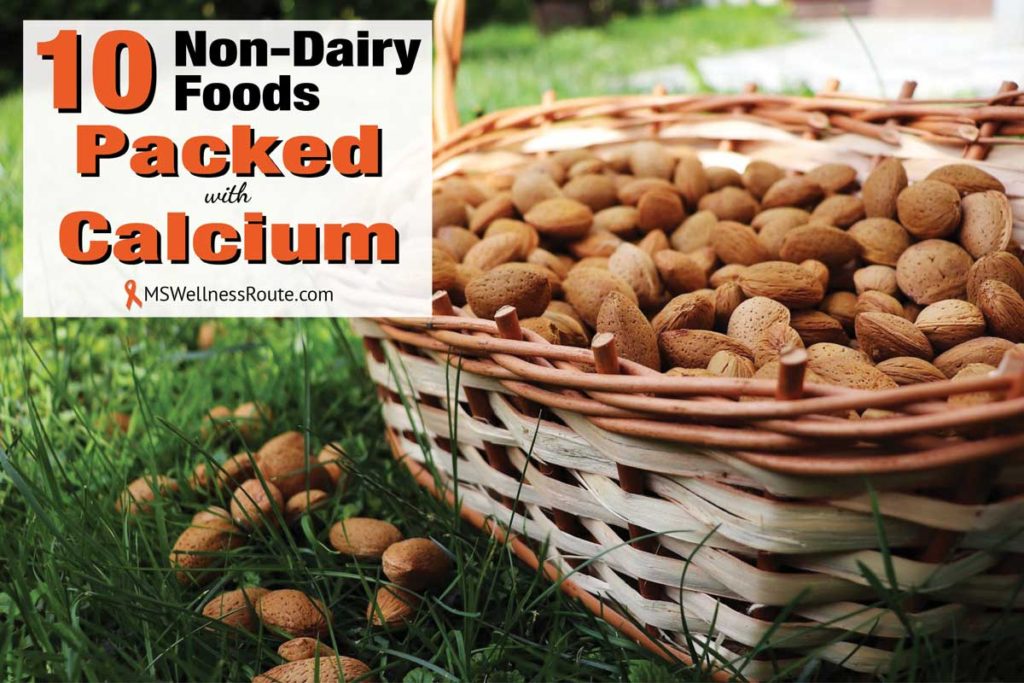
Milk does not do a body good, especially if you have multiple sclerosis (MS). The American Dairy Association did an awesome job convincing people they needed dairy. And we believed them. But, they are plenty of non-dairy foods that are packed with calcium.
Studies show women with MS who drank milk 3 or more times a day had more flares than women who drank less. A new study found that the B cells in the blood of people with MS reacted strongly to casein.
“Study reports proteins in cow milk trigger autoimmune responses in those with multiple sclerosis, leading to damage of the myelin sheath.” – University of Bonn
Casein is a protein found in milk and other dairy products. When a person’s body reacts to casein the immune system produces casein antibodies. Damage to the myelin sheath happens due to cross-reactivity to proteins in dairy.
Myelin is the protective insulation around nerves. It is like coating over electrical wires to protect you from getting shocked. When there is a break in the myelin it allows damage to the nerve. This disrupts signals from your brain to the rest of your body.
A new study finds evidence of how an immune response against casein can aggravate the demyelinating pathology of MS.
“Consumption of milk and milk products may exacerbate the autoimmune response in MS.” – Proceedings of the National Academy of Sciences (PNAS)
Also, 75% of the world’s population is lactose intolerant. Lactose is the sugar found in milk.
Past studies found MS rates are higher in populations where they drink a lot of cow’s milk. They also found diets high in saturated fats increase inflammation in the body. (MS is a chronic inflammatory disease.) Saturated fats are mainly found in animal products.
“We showed that a good correlation, statistically strongly significant, existed between liquid cow milk consumption and MS prevalence.” – PubMed
What’s in your milk?
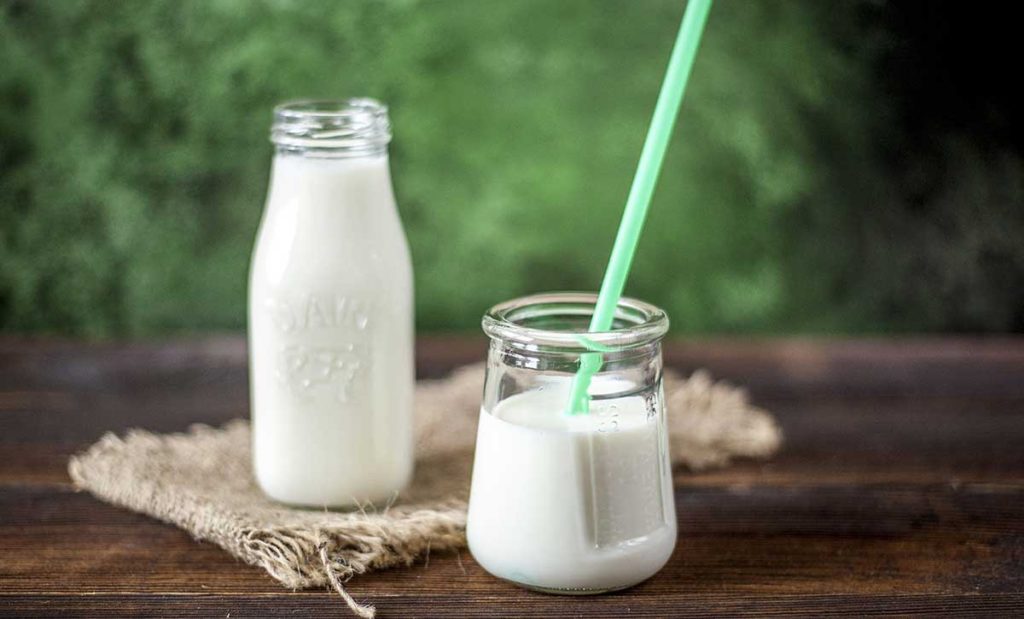
Like humans, cows only produce milk after they are pregnant. In order for farmers to get their cows to continually produce milk, the cows need to always be pregnant.
Once the cow gives birth she produces milk. She is then given hormones so she can produce more milk than what an average calf would drink. This leads to high levels of estrogen, which you end up drinking. Once she dries up the farmers artificially impregnate her to start the cycle over again.
The cows don’t have access to pasture and stay indoors or in overcrowded outdoor yards. To keep them from getting sick from their environment farmers give them antibiotics. Once her milking days are over she is then sent to a feedlot for slaughter.
So what happens to the baby calves?
Shortly after birth, the calves no longer stay with their mother. This is very traumatic for both the mother and her calf. The farmers are in the milking industry so they keep the females as future milk producers. The male calves are of no use so they’re slaughtered and sold as veal.
There are plenty of non-dairy milk substitutes to choose from. When buying non-dairy milk look for “unsweetened” to avoid added sugars.
Non-dairy milk substitutes:
- Almond
- Cashew
- Coconut
- Flaxseed
- Hazelnut
- Hemp
- Macadamia
- Walnut
Non-dairy milk is usually more expensive than cow’s milk. To save money try making your own, there are many recipes on the internet.
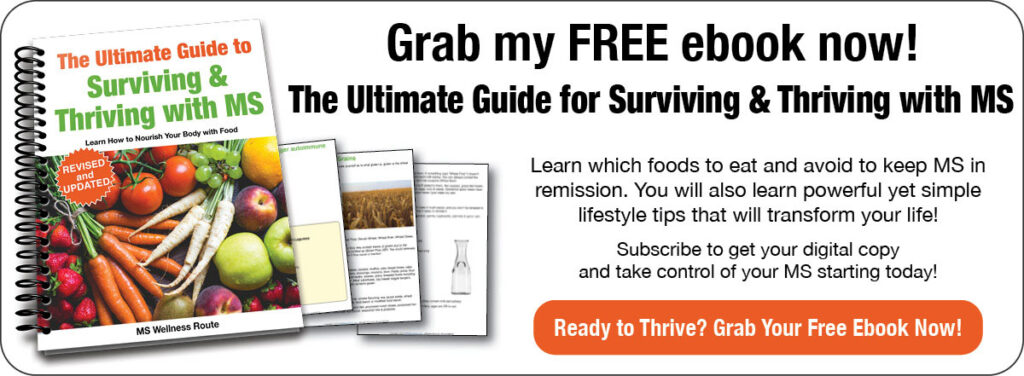
Calcium a Mineral Your Body Needs
Calcium is an important nutrient. Your heart, muscles, and nerves need calcium to function properly. Researchers found an association between calcium deficiency and several neurodegenerative disorders. Including Alzheimer’s, Huntington’s, Parkinson’s disease, and MS.
If you don’t get enough calcium, you could risk having low bone mass leading to osteoporosis. People with MS are already at a higher risk for osteoporosis due to physical inactivity.
Risk factors for osteoporosis:
- Being small-framed or thin
- Calcium deficiency
- Having a family history of osteoporosis
- Having MS
- Heavy alcohol use
- Inactivity
- Lack of bone-strengthening exercises, a good online exercise program for building strength and mobility is OptimalBody Personal Fitness
- Low vitamin D
- Smoking
- Taking certain medicines such as corticosteroids (e.g. cortisone, prednisone)
The recommended dose for calcium is 2,500 mg a day for adults 19 to 50 years old. For adults over 50, the limit is 2,000 mg a day.
10 Non-dairy Foods with Calcium
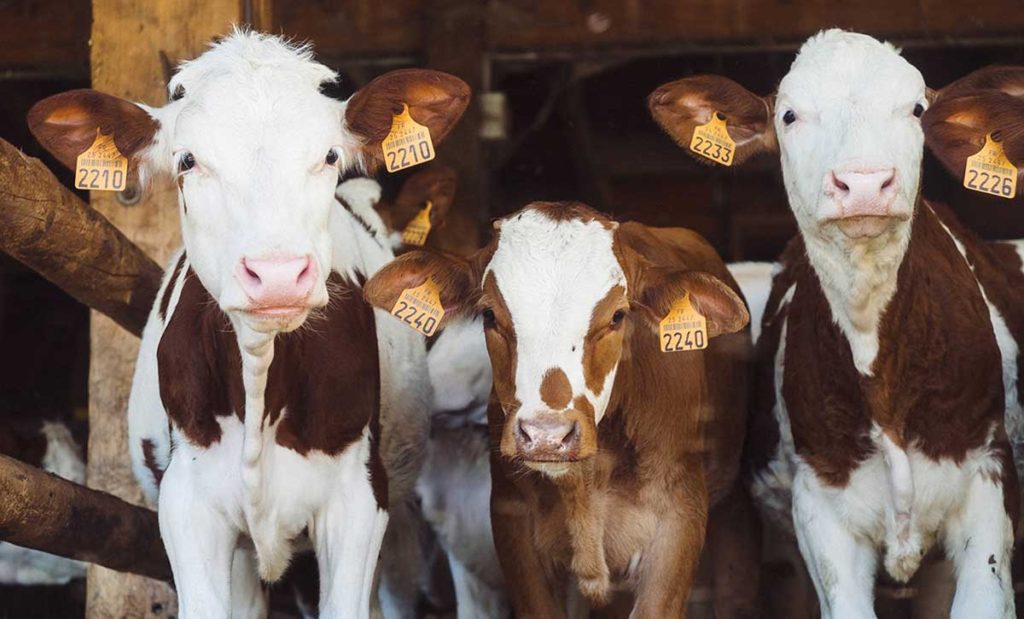
The dairy industry wants you to believe dairy is the best source of calcium. This is not true. There are many non-dairy foods that provide plenty of calcium. Here is a list of 10 ranking in order from the least calcium to the most.
10. Rainbow Trout –
One fillet of wild-caught rainbow trout includes 57 mg of calcium. It’s also a rich source of omega-3 fatty acids which are important for brain health. And, it helps rebuild the myelin sheath that gets destroyed from MS. It is also a good source of vitamins B12 and D, protein, and potassium. Plus, rainbow trout is lower in mercury compared to King mackerel and tuna.
9. Butternut Squash –
Butternut squash has 67 mg of calcium in one cup. Its rich color is also high in carotenoids which are high in antioxidants. It’s also high in vitamin A and fiber. Try coating it in olive oil sprinkling cinnamon and ginger on it and roasting it for 30 minutes. It’s delicious.
8. Sesame Seeds –
One cup of sesame seeds has 1,404 mg of calcium. Although you wouldn’t necessarily eat one cup in one sitting, however, one tablespoon has 88 mg. Sesame seeds are also a good source of antioxidants, B vitamins, and fiber. It is easy to add a sprinkling of sesame seeds to all your meals.
7. Kelp –
Kelp is a type of sea vegetable. At 134 mg of calcium in one cup, it is worth trying. It also includes fiber and iodine (a mineral that helps maintain thyroid health). Kelp flakes make it easy to add to just about anything. Including juices, smoothies, salads, and soups.
6. Chinese Cabbage (Bok choy) –
Bok choy includes 158 mg of calcium in a one-cup serving. You can buy the regular size or the baby variety. Bok choy is good in salads, soups, and stir-fries. It tastes really good cooked in olive oil with a little ginger. The entire plant is edible, make sure you wash it thoroughly since dirt likes to hide inside.
5. Chia Seeds –
One ounce of chia seeds contains 179 mg of calcium. That’s a big punch of calcium for such a small amount. Most recipes call for whole seeds. However, studies show that nutrients are better absorbed when it is freshly ground. I bought this coffee/seed grinder from Amazon.
4. – Canned Salmon, Pink with Bones –
A 3-ounce can of salmon includes 241 mg of calcium. They are ready to eat or add to your favorite meal. Eat the soft, calcium-rich bones! If needed you can mash them with your fork so you won’t notice them.
3. Dried Figs –
One cup of dried figs gives you 241 mg of calcium. They are high in fiber, so don’t eat too many in one sitting or it can cause diarrhea. They are also a good source of magnesium and potassium. You can slice dried figs and add them to everything for a touch of sweetness including smoothies.
2. Canned Sardines in Oil –
A 3-ounce can of sardines in oil with bones is highly packed with 325 mg of calcium. Eat them whole or add them to your salads.
1. Almonds –
A one-cup serving of almonds has 354 mg of calcium. Almonds also include fiber and vitamin E. Snack on soaked raw almonds throughout the day. (Raw almonds are easier to digest.) One cup of almond milk has 173 mg of calcium.
Chard and Spinach are also a high source of calcium. However, they are also a high source of oxalates which bind to calcium, iron, and magnesium. This makes it harder for our bodies to absorb these nutrients.
You may also enjoy reading:
Multiple Sclerosis And Vitamin D
How To Go Dairy Free
How To Get Calcium Without Dairy
Non-dairy Foods Packed with Calcium
When you are on a non-dairy diet it is easy to get enough recommended levels of calcium. A recent study showed people with “advanced-stage” of MS are often malnourished. Make sure you eat a wide variety of foods to get the vitamins and minerals your body needs to thrive.
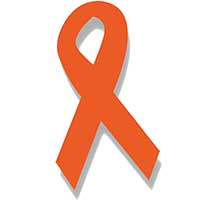
Free Wellness Library!
Subscribe for free and I’ll send you the password to my secret library filled with many printables for your wellness journey.
Want to remember this health tip? Pin it to your Pinterest board!
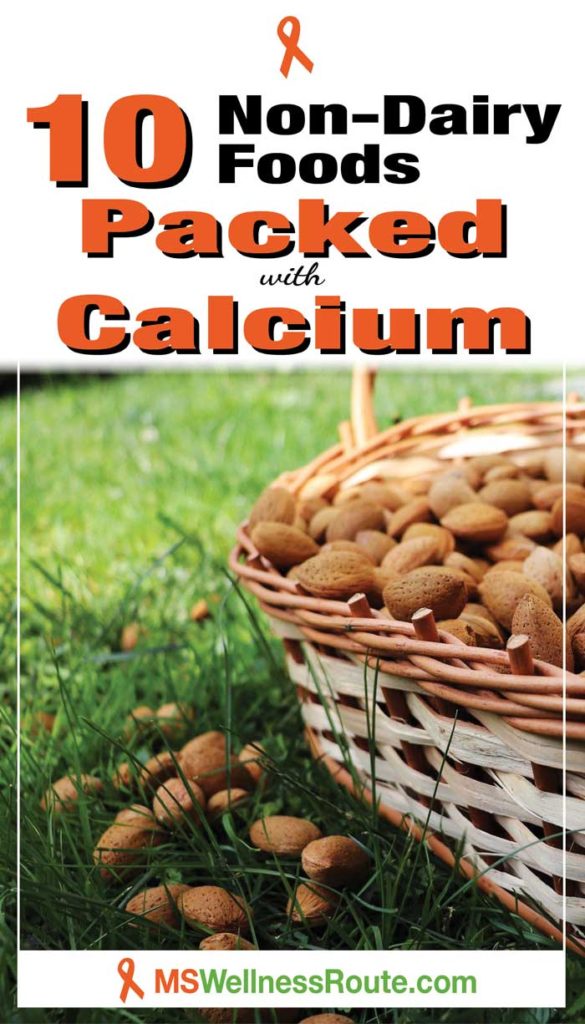
Resources:
Antibody cross-reactivity between casein and myelin: https://www.pnas.org/doi/10.1073/pnas.2117034119
https://www.ncbi.nlm.nih.gov/pmc/articles/PMC7084497/
https://fdc.nal.usda.gov/fdc-app.html#/
https://pubmed.ncbi.nlm.nih.gov/35152502/
Images by k-e-k-u-l-é, Imo Flow, and Annie Spratt from Pixabay
10 Non-Dairy Foods Packed with Calcium





